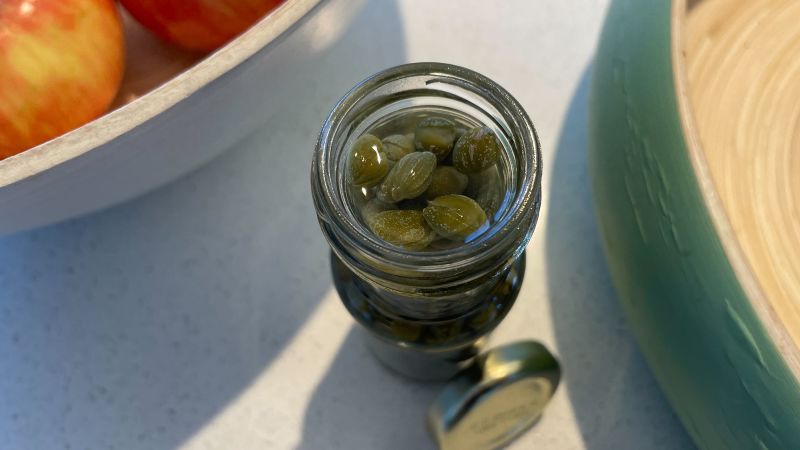The frustration of bad design decisions can be seen in everyday products, such as scissors trapped in hard plastic packaging or Apple mice with charging ports on the underside. One example of this annoyance is the difficulty of getting capers out of their small jars due to the narrow openings. This inconvenience may seem minor, but it raises the question of why such designs are chosen in the first place.
Capers are the unripened buds of the caper bush, a plant that thrives in the Mediterranean sun. Once cured and pickled, capers become a popular ingredient in various dishes. The reason for the tall, narrow jars in which capers are sold is a matter of debate. Some believe the shape keeps the capers fresh by keeping them submerged in their brine, while others argue that the slender design is purely for aesthetics.
The profitability of the slender jar design is suggested by some as a reason behind its choice. Skinny jars are believed to look more elegant on the shelf, catering to consumer preferences for sleek packaging. While practicality may suffer, producers may prioritize visual appeal as a way to attract customers.
Food packaging plays a crucial role in keeping products fresh, preventing waste, and ensuring cost-efficiency. With expensive items like capers, smaller jars can help keep down the per-unit cost for consumers. While the narrow jars may be frustrating for some, they make sense for those who only use capers occasionally.
The high cost and labor-intensive process of caper production contribute to their price tag. Most capers are hand-picked in countries like Morocco and Greece, with smaller capers requiring more effort to harvest. Despite the difficulty of getting capers out of their jars, there are various hacks and utensils that can help make the process easier for consumers. Ultimately, the choice may come down to dumping out the whole jar for convenience’s sake.


